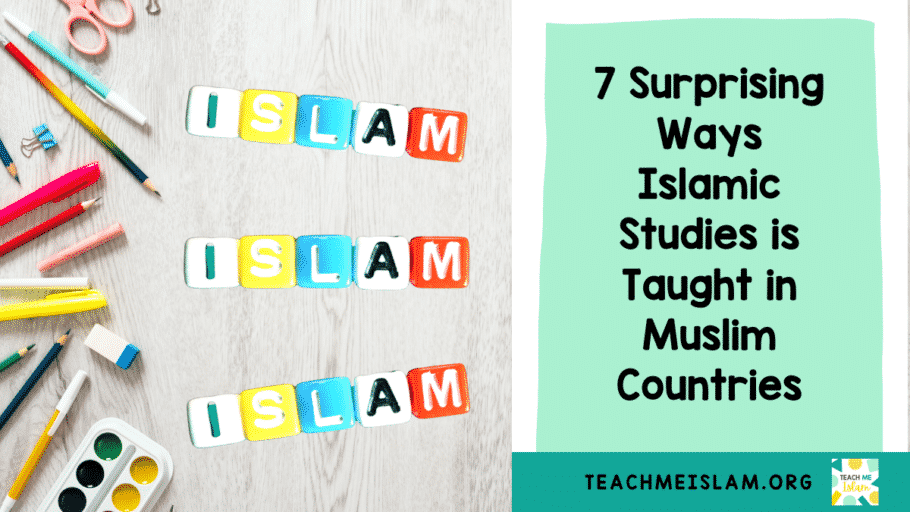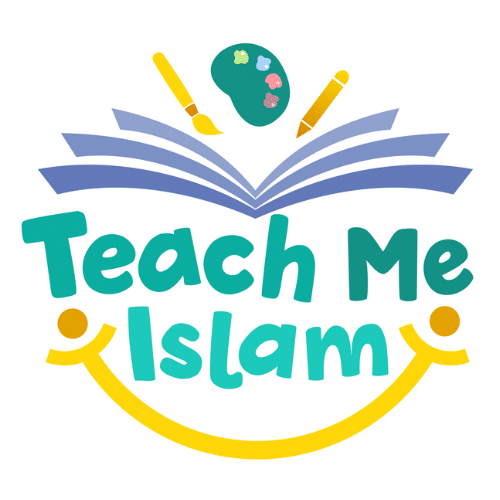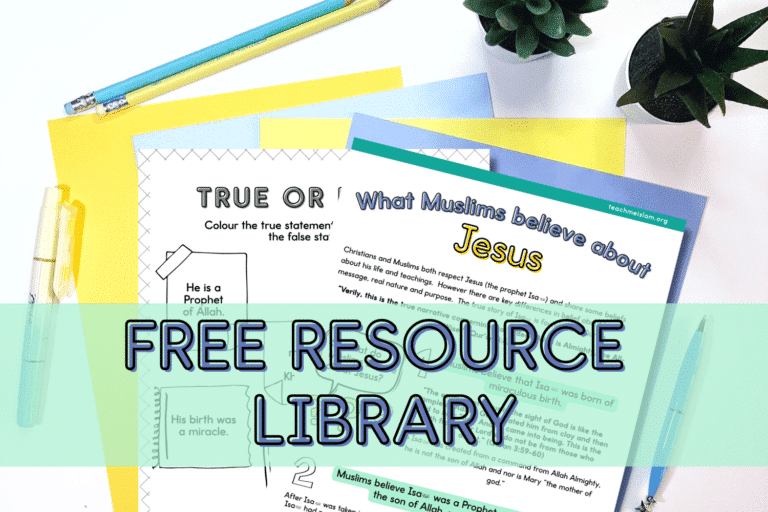When my eldest child first attended school here in Jeddah, I was really surprised by not only the content but the way they teach Islam. I didn’t realise I had preconceived notions about how it would be taught until they were challenged. I realised that if I had designed my own curriculum, I would have taught completely different topics at different ages and in different ways. Alhamdulillah I am so grateful that instead of my inexperience and lack of knowledge, my daughter was able to benefit from a well designed curriculum delivered by experienced and knowledgeable teachers. Here are 5 ways it surprised me!
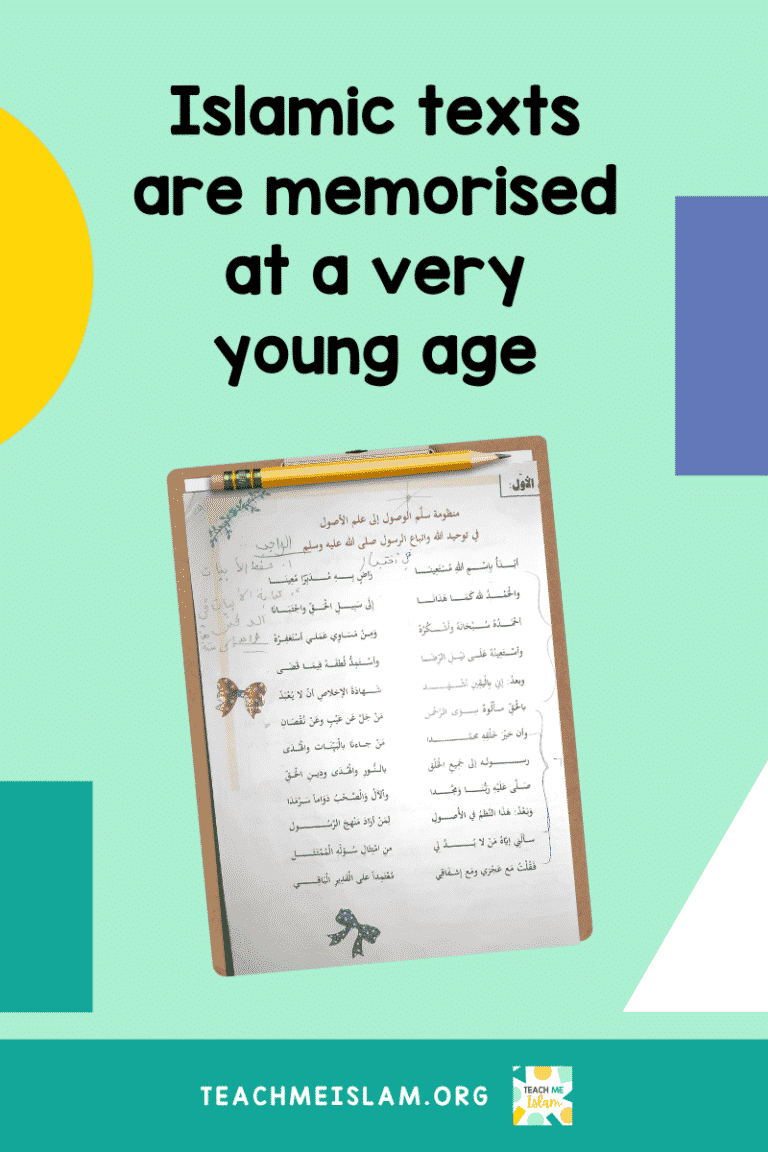
Islamic texts are memorised at a very young age.
What do you think children of 3 are capable of memorising? Some surahs? How about aqeedah? What about long poems about aqeedah? I thought that children might learn a few short surahs but actually they memorised hadith and aqeedah poems from age 3. Honestly, I wouldn’t have thought them capable but by the end of the year, with a lot of listening and repetition, they knew the texts off by heart.
Here is an example of the aqeedah text they learnt. They only learnt part of this poem but it was so beneficial allahumma barik.
سلم الوصول إلى علم الأصول في توحيد الله واتباع الرسول صلى الله عليه وسلم : أرجوزة في علم التوحيد، نظمها فضيلة الشيخ حافظ بن أحمد الحكمي رحمه الله
Here is an explanation of the text in English:
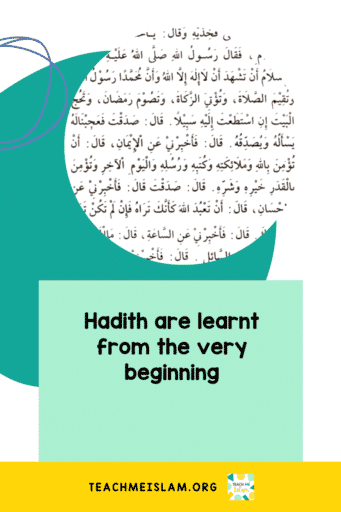
Hadith are learnt from the very beginning.
Not only were ahadith an integral part of the curriculum but long ahadith! They began with the 40 hadith of Imam Nawawi (may Allah have mercy on him). Hadith 2 of that collection, the great Hadith Jibreel is so important but it is also very long and I just didn’t imagine that the kids would learn it so early in their hadith studies. It was broken down into small sections and learnt very gradually over the course of weeks and weeks. As a result, it became firm in their minds from the repetition. Subhanallah it was really amazing to witness and definitely not something I would have thought to attempt. Lesson learnt, when you teach Islam to your child, start with Quran and Hadith, even when very young.
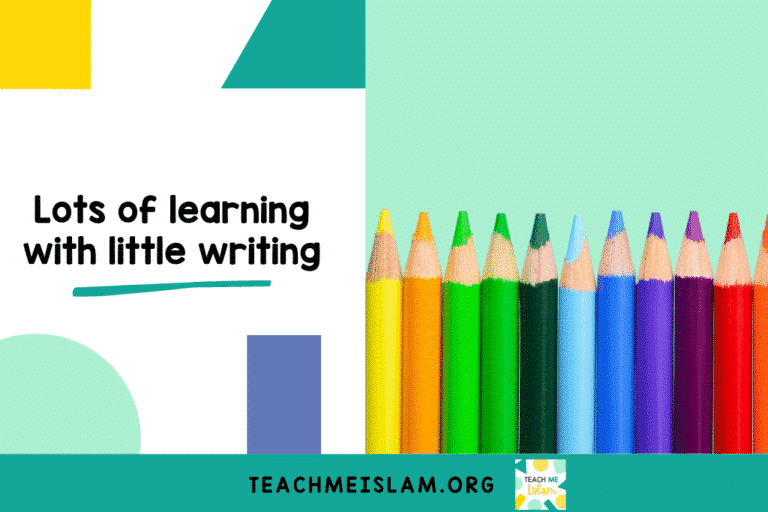
Lots of learning with little writing.
The Western education system strongly associates learning with writing. Children begin writing as soon as they begin school. However very little writing was attempted before the ages of 5/6. Until then there was a firm emphasis on listening, repeating, understanding and letter recognition. There was lots of colouring though! It wouldn’t be school without colouring!
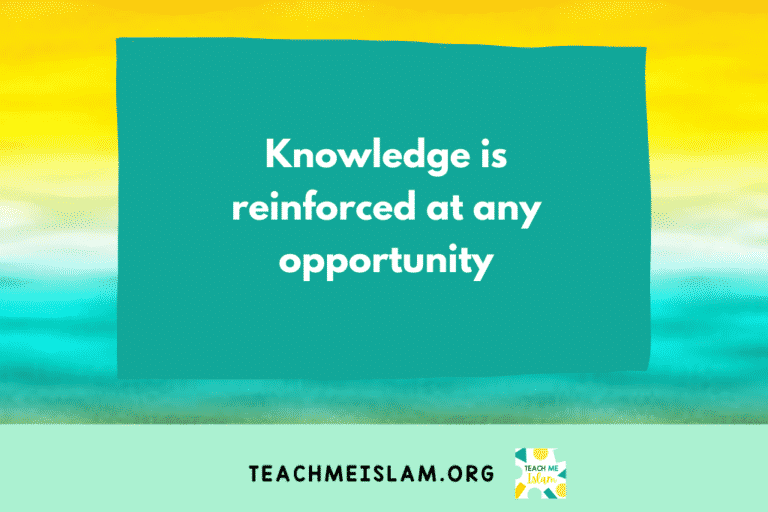
Knowledge is reinforced at any opportunity.
One surprising thing I noticed was how every moment at school was used to expose the students to knowledge. They don’t just teach Islam in the classroom or in the specific time allotted. The aqeedah poem was recited when they walked between classes, hadith audio was played while they played with bricks, Quran was played in the mornings while they waited for classes to start. All the time was utilised and several teachers recommended for me to play audio and revise in the car with my daughter. It was humbling to see how they valued and used their time.
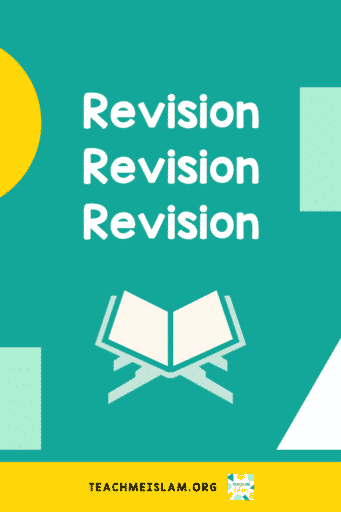
Revision, revision, revision.
Do you know what text school children in Saudi learn in aqeedah/tawheed in year 1? Usool Athalaatha by Imam Abdul-Wahaab (may Allah have mercy upon him). Do you know what they study in year 2? Usool Athalaatha. Year 3? Usool Athalaatha. Years 4, 5 and 6? You guessed it! Usool Athalaatha. You might wonder how they learn the same book for so many years. Each year they delve into a deeper explanation of each of the three principles, based on the three questions we’ll be asked in our graves. The core text remains the same however, so by the end of primary school, they have a firm foundation of our core beliefs. When you teach Islam to your child, it isn’t something you can just tick off, it’s a lifelong process for all of us.
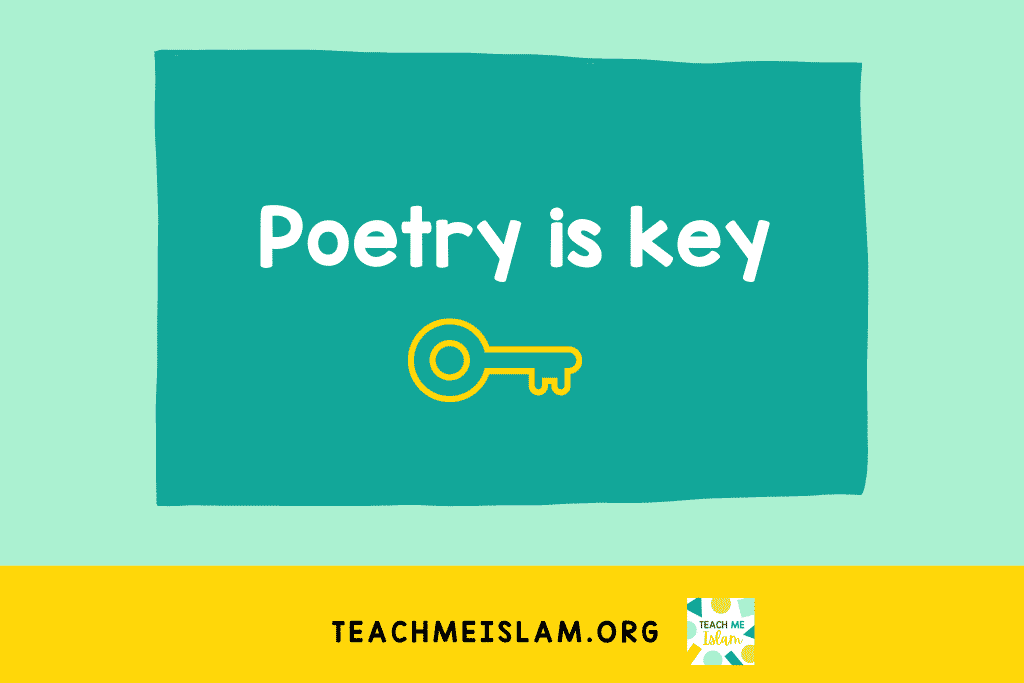
Poetry is key.
Poetry is used in Western curricula to develop public speaking skills and memory. In Islamic Studies it is often used to make memorising topics easier. There are famous poems to help memorise tajweed, Arabic grammar rules, aqeedah, seerah…the list goes on. It really does help learn a variety of topics especially when you have access to the audio.
Here is an example of a seerah poem that is learnt by school children.
Here is a translation and explanation of the poem in English.
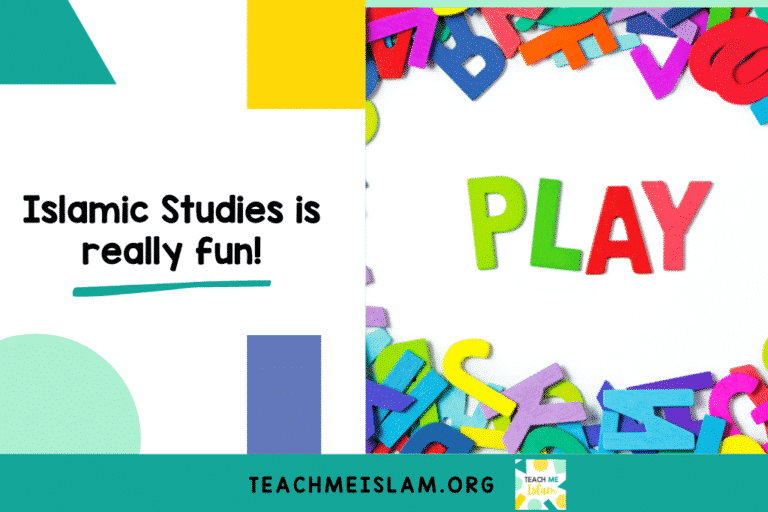
They make it really fun!
From the very beginning kids are rewarded for trying. Maybe more lollipops are handed out than approved of by dentists but the principle remains, try to learn about Allah and his religion and you will be rewarded. Kids love to learn together and are motivated to see each other progress. At my daughter’s school there were activities every Thursday for the younger kids and they all really looked forward to them. A highlight was when they took a ‘journey’ to Madinah and were all given some Madinah mint to take home. It was simple but really fun and everyone appreciated the thought that went into making Islamic topics relatable and interactive for the kids.
Over to you!
What is great is that these 7 ways of teaching Islamic Studies can be incorporated into your homeschool or Islamic Studies class. May Allah make these ideas beneficial to you and grant you success.
Here are 7 ways you can take action today:
- Teach Islamic texts from a young age.
- Make hadith part of the curriculum from the start.
- Focus on memorising and understanding and less on writing.
- Use any opportunity to reinforce what they have learnt.
- Revise lots!
- Try using poetry to help memorisation.
- Use fun activities to engage learners!
If you are looking for more Islamic studies inspiration, click here to grab the freebie about teaching different ages the same topic including a free flipbook about the great Companion Abu-Bakr As-Siddiq (may Allah be pleased with him).

